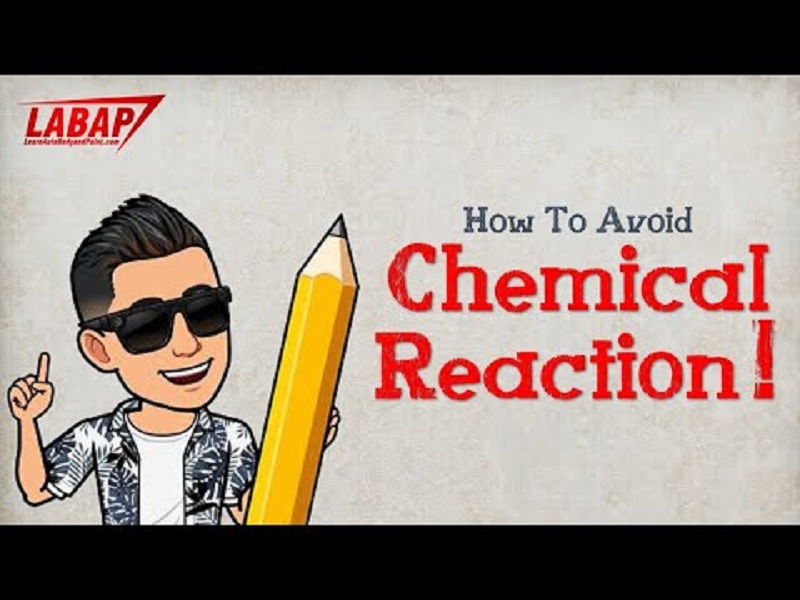Did you enjoy the video? Check out the LABAP VIP course that will help turn you into an auto body and paint pro, from home!
Hey, it’s Tony from LearnAutoBodyAndPaint with another Q&A video series. Today’s topic is Sanding Multiple Colors of Paint Layers – How To Avoid Chemical Reaction!
Here’s a question from Brian of Queensland Australia:
“Tony, my problem is my Mazda MX5 Miata, which had accident damage. I’ve been sanding it in preparation for the same original red color respray in acrylic. I’ve discovered several layers of red and clear, except for the right quarter which was obviously repaired with yellow panels. I started preparation when the clear4 started peeling off, and discovered both clear and red literally peeling off. I’m pretty certain that I have the loose paint and loose clear off, however, I have sanded back to solid red and solid clear. The question is, should I sand all the clear off before spraying or stay with a stable base? “
You need to feather out your paint. If you have multiple layers of paint, make sure to feather it out where it feels smooth.
I recommend that you feel the imperfections when sanding. Feel your body work and look for imperfections such as outward or downward lumps.
If you’ll be painting single stage, you might end up with some chemical reactions due to all of the layers. I’d recommend spraying with 2K primer on those areas to seal it so you’ll not have issues when you paint with your primer.
Otherwise, you’ll end up with some biting, which means the paint lifts up and does not stick on those feathered edges. That’s why it’s very important to seal that, to avoid chemical reactions on your paint job.
I noticed that if you paint over feathered clear coat, you’ll see through the paint after your paint job.
There’s an area called an island which has not popped out through the paint. If you see that, you could color sand and buff it, if you’re doing base coat clear coat. It is also important to prime feathered areas.
It’s Tony from LearnAutoBodyAndPaint. Download your FREE 85-Page Auto Body And Paint Manual if you want to get a lot of awesome information on auto body work and paint.
If you want a comprehensive and step-by-step access on auto body work, check out the LearnAutoBodyAndPaint VIP Program. We have lots of VIPs from across the globe who are part of the #BossPainter community, come and be a part of us!
Lastly, don’t forget to hit that Like Button, Share and Subscribe to my videos. I hope you are enjoying the Q&A video series and I will see you in the next video!
Talk soon! Cheers!
Tony
Other Helpful Links:
How To Make New Paint Match Old Paint On A Car – How To Paint A Car Q&A Part 4
What Causes Solvent Pop And Fisheye in Automotive Paint?
How To Fix Automotive Paint Reactions – Paint Biting Causes and Solutions
Do You Use Expensive Materials or Cheaper Solutions When Painting?
How To Mix and Apply Body Body Filler on Your Car – Day 3 Boot Camp
